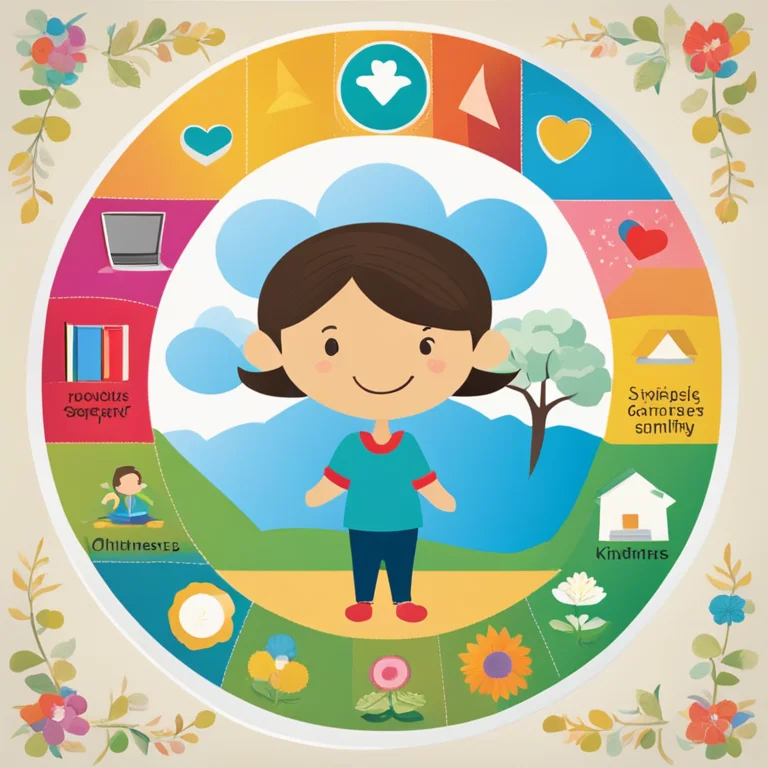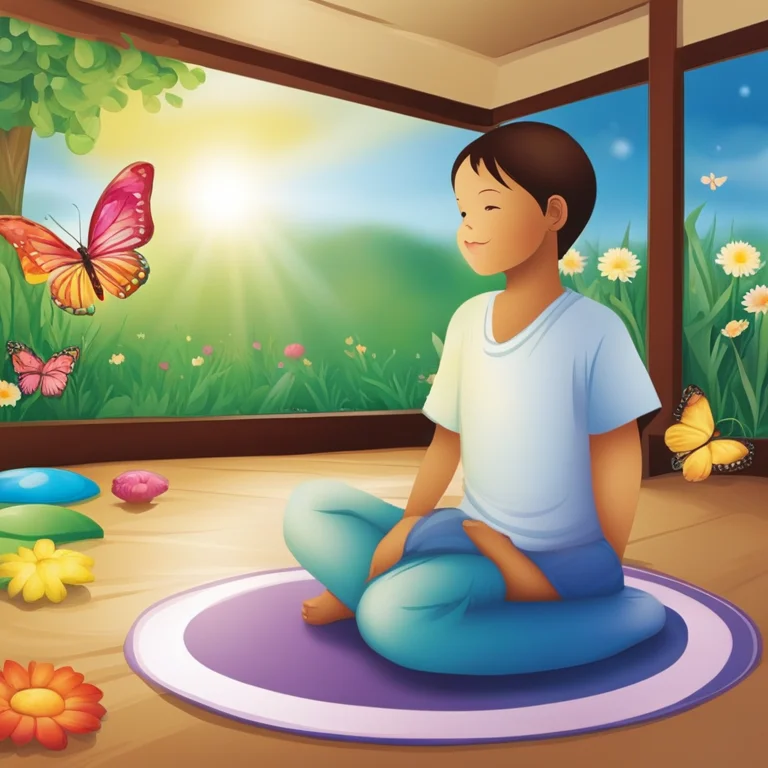
Mindful Moments for The 1st Graders
Discover how mindfulness meditation can benefit first graders with simple techniques to encourage calmness and focus.
article by Hina Kurosawa
Introducing Mindfulness to Children
As education evolves, mindfulness has emerged as a vital tool to enhance a child’s school experience. This practice, traditionally steeped in ancient techniques, has found a new place in the modern classroom. Teaching mindfulness to first graders lays a foundation for emotional well-being and helps develop attention skills. It starts with age-appropriate exercises that introduce the basic concept: awareness of the present moment. Through imaginative storytelling and interactive sessions, young minds can embark on a journey of inner peace.

Creating a Mindful Classroom
To integrate mindfulness into education, the classroom environment should be conducive to calmness. Soft lighting, comfortable seating areas, and the inclusion of natural elements can foster a peaceful atmosphere. Teachers can initiate the practice by ringing a soft bell to gather attention and signify the beginning of a mindful moment. With consistent practice, children learn to associate this sound with a moment to pause and breathe, creating a routine that supports mindfulness as a daily habit.

Simple Meditation Techniques for Youngsters
First graders can benefit from simple meditation exercises tailored to their developmental stage. Guided imagery, wherein they imagine a safe and happy place, encourages relaxation and focus. Deep breathing exercises, using prompts such as 'breathing in calm, breathing out smile,' also facilitate mindfulness. Additionally, sensorial activities that engage touch, such as holding a smooth stone during quiet time, help anchor young students in the present environment. These easy methods can have profound effects on children's attention and stress levels.

Benefits Beyond the Classroom
Mindfulness goes far beyond classroom walls. It instills qualities like empathy, patience, and kindness. First graders who practice mindfulness may show improved interpersonal skills, engaging more considerately with peers. The ability to pause and respond to situations thoughtfully, rather than react impulsively, can improve a child’s social interactions. Mindful children tend to form stronger friendships and demonstrate greater understanding of others' emotions.

Incorporating Mindfulness at Home
For mindfulness to have a lasting impact, it should extend to the home environment. Parents can reinforce the practice through activities such as shared breathing exercises or mindfulness-based storytime. Engaging in short sessions of meditation as a family can provide a sense of security and forge strong bonds. Furthermore, when parents model mindfulness in their daily actions, children are more likely to adopt the practice naturally, integrating it into their daily routines.
Challenges and Adaptations
Implementing mindfulness with first graders may present challenges. Short attention spans require activities to be engaging and brief. Teachers can employ various tactics to maintain interest, such as using charismatic puppets for guided sessions or incorporating mindfulness into games. Adaptability is key, so if a particular approach does not resonate with the children, educators must be prepared to try alternate methods that capture the young learners' unique interests and imaginations.
Published: 1/9/2024
Modified: 1/9/2024
More predictions
Come back here soon to learn more about yourself and your future


The Ideal Meditation Chair: Elevate Your Practice
Discover the features and benefits of the perfect meditation chair to deepen your spiritual practice and enhance comfort during sessions.


Calming Chaos: Meditation Techniques for Cortisol Reduction
Discover effective meditation practices to lower stress hormones and cultivate a serene mind in our fast-paced world.


Meditative Motion: The Dance of Calmness
In 'Meditative Motion: The Dance of Calmness,' we delve into the practice of mindfulness through movement, offering a path to tranquility for the body and soul.